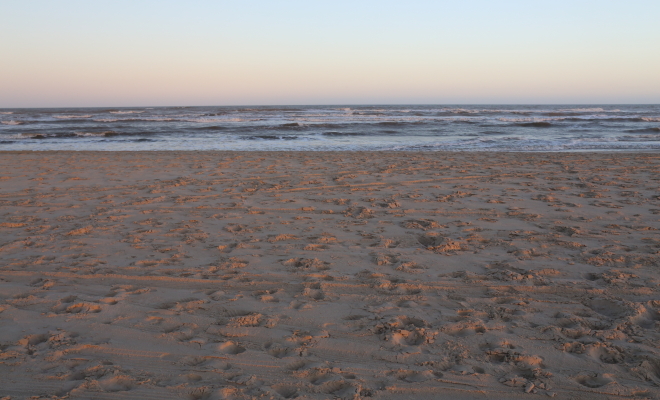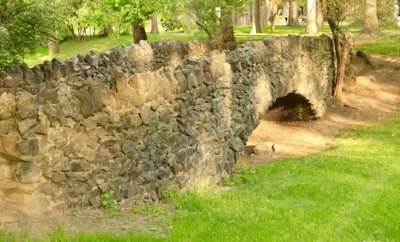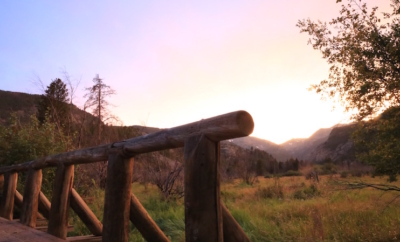
Mindfulness
Do Walking Meditation During Your Lunch Break
“You should sit in meditation for twenty minutes a day. Unless you’re too busy, then you should sit for an hour.”
– Zen Proverb
You might think you’re too busy to meditate but as the paradoxical quote above suggests it’s exactly when your life is the most hectic that the benefits derived from meditating will be the most useful to you. Calm, focus, tranquility, ease – these outgrowths of meditation directly combat the stress and scattered thinking that follow in the wake of a busy life.
Our recommendation if your busy schedule is starting to make you feel like you’re falling apart at the seams is to use your lunch break every day to do walking meditation. Most of us who don’t meditate regularly believe that meditation requires more time and effort than we’re capable of giving. But quality of time is much more important than quantity of time. You can start feeling calm and refreshed after just a few steps as long their taken mindfully. Even five or ten minutes can be enough to instill calm and ease into a hectic day.
Walking meditation might appeal to you more than the traditional idea of sitting passively on a mat in the lotus position because you feel like you’re doing something when you’re walking, you feel active. But the principle behind walking meditation is the same as any meditation. It’s to come fully into the here and now through focusing all your attention on some object. In the case of walking meditation your mindful breathing and your mindful steps are the readily accessible objects that can transport you into the present. In this moment you’re not concerned with the past or the future, you’re not concerned with all that’s occurred up to this point in the day or all that might occur later on, with projects either completed or pending, you’re only concerned with touching the present moment deeply and mindfully. If you can remind yourself to let go of the past and the future during your walking meditation every day, instead just letting yourself exist in the present as you funnel all your attention into your breathing, your steps, and your immediate surroundings you’ll start to derive tangible psychological and emotional benefits from the practice right away and these benefits will only increase over time.




